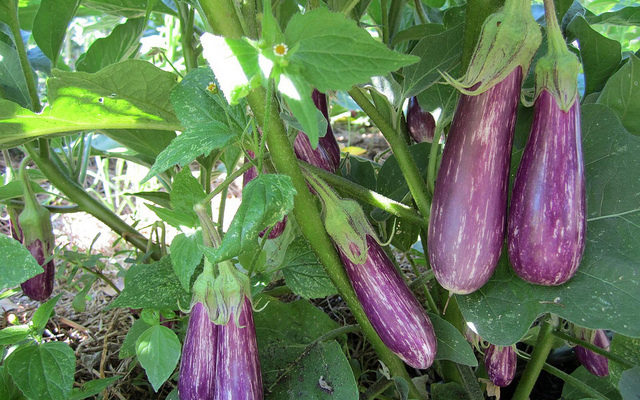India falls within top 10 ranks in the total production of most crops, however, India’s productivity ranking is very poor and is not even in the top 50 in many crops. i Precision Agriculture (PA) is one technique to directly influence crop productivity and farmers’ income. It is the practice of customizing the crop inputs applied on a farm to smaller patches within the farm land depending on the agronomic characteristics and resource needs of that particular patch of land at that particular time. Soft PA that depends on farmers’ visual observation, experience and intuition has been practiced for many years. However, hard PA that depends on modern technologies like GPS (global positioning system), sensor technologies, yield monitors, RS (Remote sensing) and VRT (Variable Rate Technology) ii has very low adoption in developing countries like India due to high financial costs, lack of technological knowhow, and clear short term benefit for PA.
Globally, the adoption of PA vary in terms of amount and type of technology. Developed countries like USA and Australia use the whole range of precision farming devices and decision making forland leveling, seed application, inputs application, and water application. Among developing nations, site specific decisions on fertilization and micro nutrient application have been successfully practiced in rubber plantation of Malaysia, sugarcane farms of Brazil, Mauritius, banana plantation in Costa Rica, farms in Uruguay. Countries like Indonesia, Philippines and Vietnam have successful cases of Leaf Color Chart for Nitrogen application in rice farming.
In India too, though nascent, the technique has found successful adoption in precision farming project of Tamil Nadu (farmers were advised to tailor inputs – water, fertilizer and pesticides – in a measured form using a location specific, field specific and crop specific approach; yield increases of 60% were achieved iii ) and laser land leveling in various states – Punjab, Haryana etc. The precision farming project in Tamil Nadu’s Dharmapuri and Krishnagiri districts started in 2004-05 with 400haland of smallholder farmers and has continuously had increasing number of adopters from within and neighboring states as well.
Seed industry need to be ready for a future that has higher adoption of precision agriculture practices – both in seed production and normal cultivation. Monsanto’s acquisition of Climate Corporation is a case in point of where a global seed company has invested in capabilities for agriculture analytics and greater information with a vision to achieve higher productivity while utilizing the planet’s finite resources more precisely. iv
The way forward involves a collective movement towards higher technology in the agriculture field by all players concerned. Relevant areas for seed sector players are as follows. Seed variability within the farm is a potential improvement area. Using seed metering devices, the farmers can achieve optimum plant stand with less seed rates v. Various seed with different characteristics can be made available, so the farmer need not sow uniform seed all over his field and can customize as per the field conditions. Seed treatment customization based on soil type and the characteristics in a farmer’s field could be another possible area of improvement. Seed companies could develop technology to delay the application of treatment till the point of sale and customize it as per the requirements of the farmer. Seed companies can also explore the options to design simple sensors for the kind of factors. Input subsidy/ credit availability are main factors influencing faster and better adoption of PA vi . Further, seed companies have an important role in the education and adoption of PA by farmers.
Thus, precision agriculture is a technique that will become increasingly relevant and contribute to increasing crop productivity, food availability and farmers’ income.
i) Mondal, P., Basu, M. and Bhadoria, P.B.S., 2011. Critical review of precision agriculture technologies and its scope of adoption in India. American Journal of Experimental Agriculture, ii(3), p.49.
iii) Tran, D.V. and Nguyen, N.V., 2006. The concept and implementation of precision farming and rice integrated crop management systems for sustainable production in the twenty-first century. International Rice Commission Newsletter, 55, pp.91-113.
iv) Mondal, P. and Basu, M., 2009. Adoption of precision agriculture technologies in India and in some developing countries: Scope, present status and strategies. Progress in Natural Science, 19(6), pp.659-666.
v) http://agritech.tnau.ac.in/pres_farm_agri.htmlaccessed on 25 Jan 2017
vi) http://news.monsanto.com/press-release/corporate/monsanto-acquire-climate-corporation-combination-provide-farmers-broad-suiteaccessed on 25 Jan 2017
vii) Tulasa Ram, Shiv Kumar Lohan, Ranveer Singh, Purshotam Singh, 2014, Precision Farming: A New Approach, Daya Publishing House
viii) Ravikumar, R., 2016. An Analysis of the Factors Influencing the Decision to Adopt Precision Methods of Farming in Tamil Nadu, India.
Source:
APN Nnews


